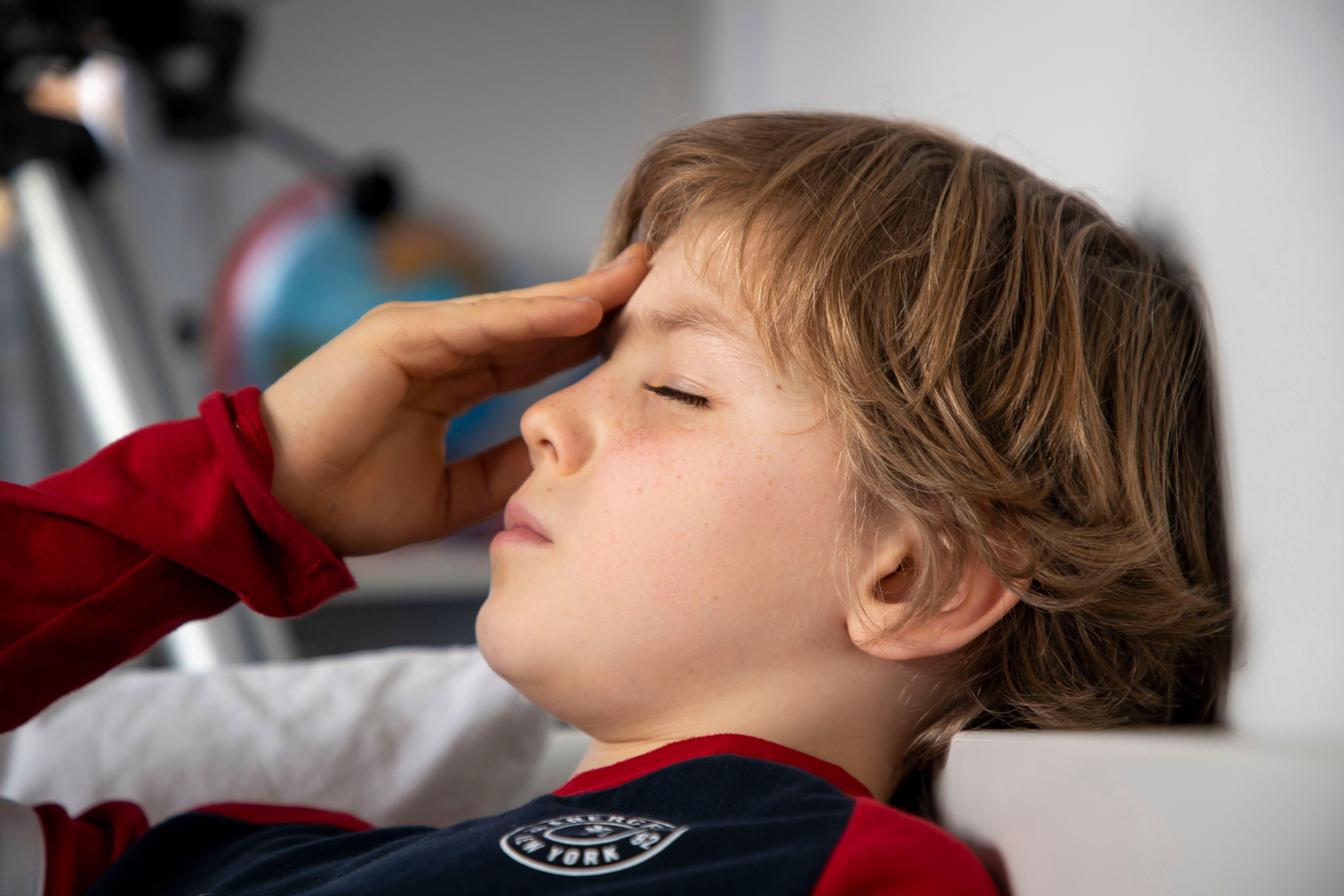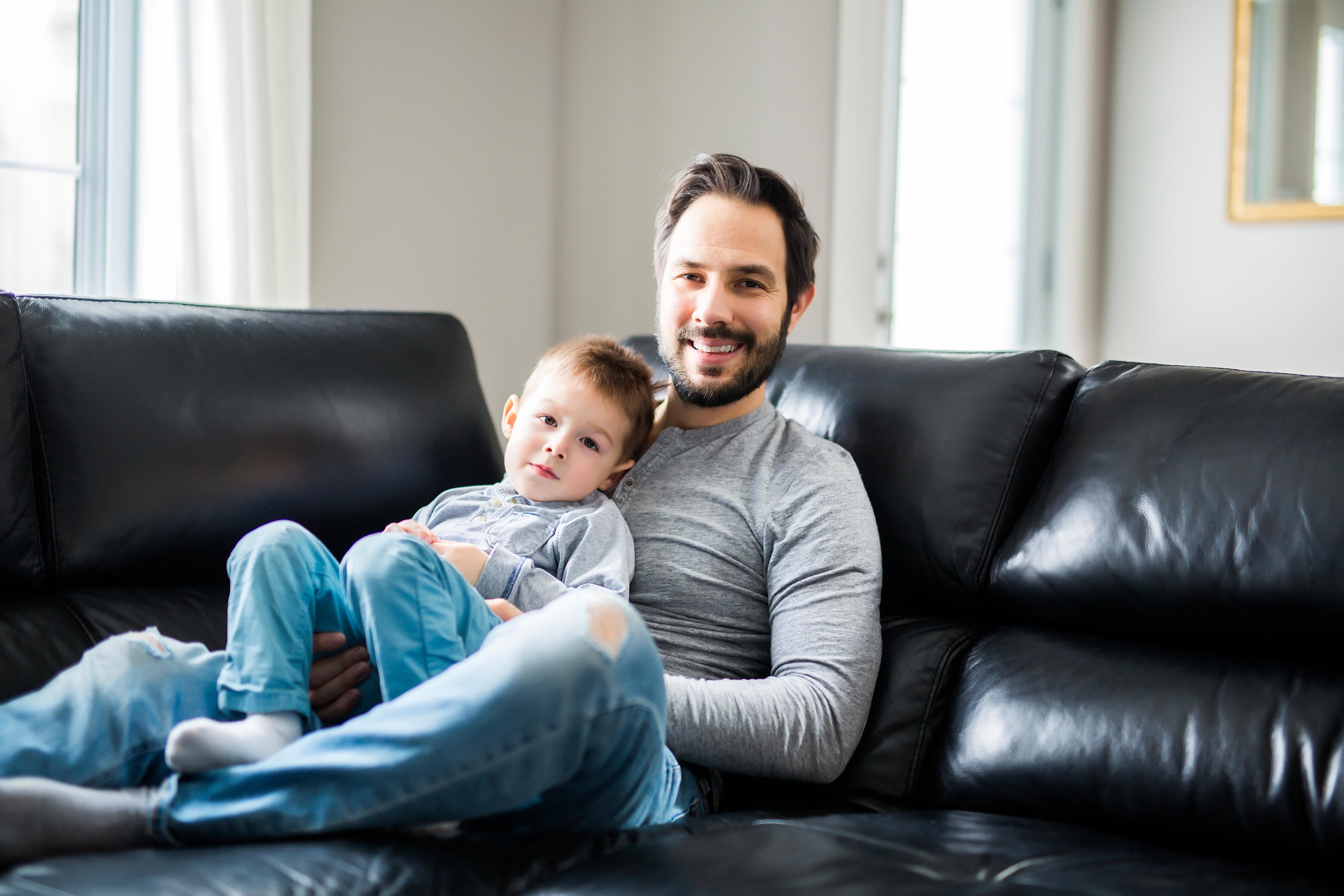
Despite being common, migraine is often still misunderstood – especially when it comes to children.
“Children do get migraine. The youngest I have ever seen is 18 months, but the usual age range is between six and 15 years,” says consultant paediatric neurologist Dr Arif Khan, who completed his training in the UK and is now based in the Middle East, where he founded children’s neuroscience centre, Neuropedia.
“Migraine awareness has become so prominent in adults that we can forget about children. It is very under-diagnosed.”
Do children get the same migraine symptoms as adults?
Spotting migraine in kids can be trickier than adults. “Typically, if you ask an adult what migraine feels like, they’ll say they have throbbing on one side of their head, and you can associate it with vomiting or nausea, extreme sensitivity to bright light, or loud noises,” says Khan. “The child might not have a textbook description of migraine. They might just say they’re very tired, their head hurts – they often can’t verbalise what’s happening.”

Dr Juliana VanderPluym, associate professor of neurology at Mayo Clinic in Phoenix, Arizona, who has been extensively researching childhood migraine, says there are differences and similarities – but even with children, there can be telltale signs that it’s not a regular headache.
“As in adults, migraine in children and adolescents are often moderate to severe in intensity, have a pulsating quality and may be worsened with physical activity,” she says. “Children may be more likely to have headaches on both sides of the head (bilateral) compared to adults, where often migraines are one-sided (unilateral). Children and adolescents may also have shorter migraine attacks that last only a couple hours, while in adults attacks generally last greater than four hours.
“To diagnose migraine in adults, they must report sensitivity to light and sound and/or nausea or vomiting. But in children, given they may not be able to describe light and sound sensitivity, this can be inferred from their behaviour.” For example, are they avoiding spaces and activities with bright light and sounds? Are they taking themselves off to rest more?
While migraine isn’t always severe, it can be just as debilitating for kids as grown-ups. As VanderPluym puts it: “Migraine can cause significant disability in children and adolescents. It can impact social and familial relationships, and lead to absenteeism and presenteeism in school, extracurricular and recreational activities.”
Why do some children get migraine?
There’s no one-size-fits-all answer. But VanderPluym says: “Migraine is a neurologic disease which we believe has a genetic basis, with its expression being dependent on environmental factors [triggers]. For this reason, migraine commonly runs in families, but does not necessarily look the same in each person.
“Except for a few rare forms of migraine (eg. hemiplegic migraine) that result from a mutation in a single gene, migraine is felt to result from mutations in multiple genes… Recent research has identified well over 50 genes that may be contributory.”
Khan describes migraine as being a “tendency” – meaning somebody has the necessary underlying predisposition, but developing symptoms comes down to triggers, and this can vary. However, the fact migraine runs in families can be useful when it comes to diagnosing the condition in very young children.
For example, with the 18-month-old baby he treated: “The child had inconsolable crying, and untriggered bouts of crying every few hours. It was not until they reached 18 months that we thought, ‘OK, this may be migraine’, because they had a very strong family history of migraine,” Khan recalls. “And once we started using appropriate medications to help control it, it helped.”
Why diagnosis matters

Managing migraine isn’t necessarily the same as managing other types of headache, so getting a proper diagnosis is important. This may mean asking your GP for a referral to a specialist, particularly if your child is having frequent attacks and may need medication to help stop them occurring (Khan explains there are two key medication options – for preventing migraine and treating symptoms).
However, even if migraine is diagnosed, Khan doesn’t “jump into treatment or medication” automatically.
“The first thing we do,” he says, “is understand the lifestyle/environmental factors, and there are four things we are focused on for parents. Number one is rest – sleep duration and consistency have to be maintained. If a child of 10 is only getting six hours of sleep, that will trigger their migraine. A 10-year-old wants at least 10 hours of sleep. Two, they need to drink plenty of water, to try and have at least seven to eight glasses a day – about two litres.
“Three is sometimes foods can trigger migraines. The usual culprits are the four Cs: cheese, chocolate, citrus and coffee. I always ask are they having any of these excessively. And finally, screen time. At least two hours before bedtime, avoid screens, because screens suppress the hormone melatonin, which makes you sleepy.”
Keeping a symptom diary can help families identify specific triggers affecting their child, Khan notes – he says it’s a good idea to take this along to your appointments – and you can ask your doctor for advice around food triggers. “Once these things are adjusted, then we talk about medication,” says Khan.
Stress can also be a factor – particularly for teenagers. Khan recommends keeping this in mind – for general wellbeing, he believes it’s helpful for kids to get enough time to switch off too.

“Perhaps trying some relaxation techniques, like meditation, time without screens, and giving them advice on how to calm down,” he suggests. “And I see a lot of regimented schedules; badminton practice, then tennis, barely an hour a day of not doing anything. We all need time to just do what we feel like and relax.”
Could my child have a brain tumour?
It’s also important to see your doctor so you can rule out other conditions. The possibility of a brain tumour can be a big fear for parents when kids have chronic headaches.
Thankfully, brain tumours are rare – but it’s always best to tell your doctor if concerned. “One of the most common warning signs of a brain tumour in children is persistent headaches, which will usually be accompanied by other symptoms too, such as vomiting, balance problems or changes to vision,” says Dr David Jenkinson, chief scientific officer at The Brain Tumour Charity.
“Headaches are of course extremely common, and it can be really difficult to distinguish the symptoms of a brain tumour from other more likely conditions, such as a migraine – but it’s vital to keep an eye out for persistent headaches that occur most days, particularly when waking up. Children who have a headache caused by a brain tumour are likely to be experiencing other symptoms too, such as nausea, abnormal growth, reduced consciousness or seizures.”
The charity’s new Better Safe Than Tumour campaign aims with this very concern, and Jenkinson says its website has a host of helpful tools, including a symptom checker (headsmart.org.uk).







